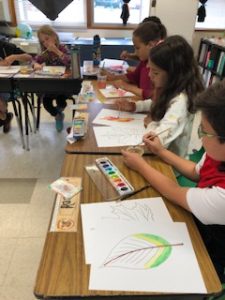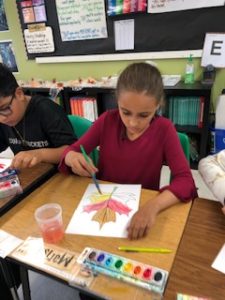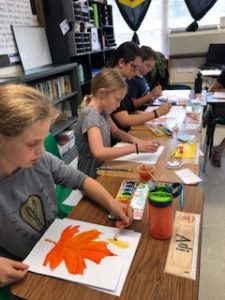History & Geography
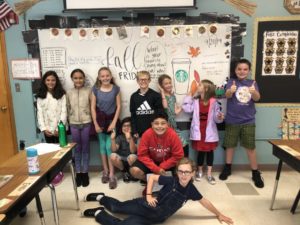
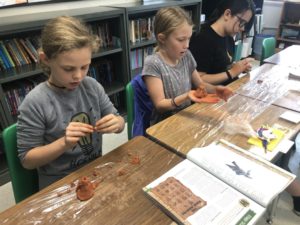
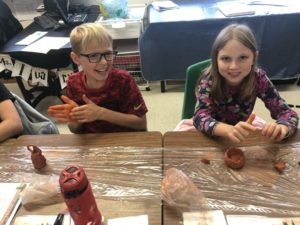
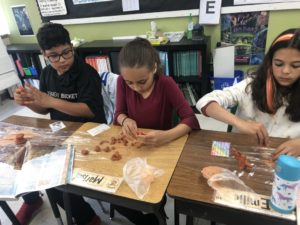
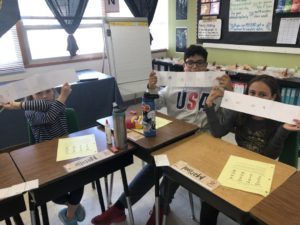
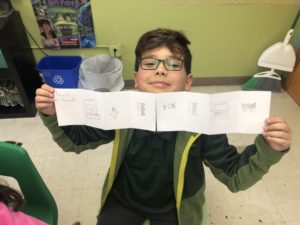 This week we continued to study the Maya, Aztec, and Inca. Our objectives were:
This week we continued to study the Maya, Aztec, and Inca. Our objectives were:
- complete a summary chart of Mayan culture
- explain how the Aztec built and controlled a powerful empire
- describe Tenochtitlan and the surrounding landscape
- explain how the Inca organized their empire and met the needs of the people
Mathematics
This week we began chapter 2, Whole Number Multiplication and Division. Our objectives were:
- use a calculator to add, subtract, multiply, and divide whole numbers
- multiply numbers by 10, 100, or 1,000
- multiply numbers up to 4 digits by multiples of 10, 100, or 1,000
- use rounding to estimate products
English
This week we began our first writing study Narrative Writing. Our objectives were:
- understand the writing process we will use throughout the year
- identify the Elements of Narrative writing
- pre-write for our narrative writing pieces
- We also began our new spelling routine this week
Lectura
This week’s essential question: Como la historia nos enseña sobre la herencia cultural? We explored possible answers reading the informational text, Cinco de mayo. We will continue reading this piece next week. These were our objectives for literacy this week:
- Explain the characteristics of expository texts.
- Establish purposes, audiences and the need for different genres: expository and fiction, for example.
- Apply reading comprehension strategies such as making connections, clarifying, summarizing.
- Study the spelling patterns of words with stress on the antepenultimate syllable.
- Learn about adjectives and adverbs and use them in different sentence types.
- Write a summary of a text.
- Identify main ideas and events and distinguish them from supporting details.
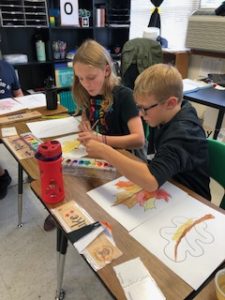 This week we read the first three chapters of our book, Con carino Amalia. Students did a fantastic job keeping up with their reading assignments and participating actively in our book club discussions. The main theme this week was changes. Changes are not always easy, and the main character of our story is having to face difficult challenges that are making her feel sad and troubled. As we see in nature (and is mentioned in our story), contemplating the beautiful changes of the leaves in the Fall is a reminder that changes can also be good and beautiful. Students have established some deep connections to the story. We can’t wait to continue with our book discussions next week.
This week we read the first three chapters of our book, Con carino Amalia. Students did a fantastic job keeping up with their reading assignments and participating actively in our book club discussions. The main theme this week was changes. Changes are not always easy, and the main character of our story is having to face difficult challenges that are making her feel sad and troubled. As we see in nature (and is mentioned in our story), contemplating the beautiful changes of the leaves in the Fall is a reminder that changes can also be good and beautiful. Students have established some deep connections to the story. We can’t wait to continue with our book discussions next week.
**Students have been assigned to read chapter 4 this weekend and come prepared to share their connections on Monday.**
Objectives during our book club:
- Determine a central idea of a text and how it is conveyed through particular details; distinct from personal opinions or judgments.
- Analyze in detail how a key individual, event, or idea is introduced, illustrated, and elaborated in a context (e.g., through examples or anecdotes).
- Participate actively during class discussions using evidence from the text to support claims.
- Follow reading calendar.
Ciencias
Focus Question: How could you describe the size of and distance between Earth, the Moon, and the Sun?
This week we started our Investigation 2: Planetary Systems.Students grappled with the size and distance relationships among Earth, the Moon, and the Sun. After illustrating some of these concepts on their science journals we looked at the models of the the Earth and the Moon. Students found out that the diameter of the Earth is approximately four times the diameter of the Moon. Students applied math vocabulary and computing skills such as division and multiplication, diameter, angle, measuring distance, converting units (cm, mt, km, miles). We will continue with this investigation next week as well as learning about the moon appearance.
- The Moon is much smaller than Earth, and orbits at a distance equal to about 30 Earth diameters. If the Earth’s diameter is 12,742 kilometers, what is the distance between the Earth and the Moon?
Music with Ms. Nadia
Music is a great way to get the wiggles out and learn something new! This month we learned about rhythm through tapping sticks, hitting drums, striking triangles, clicking claves, shaking maracas, sliding sandpaper blocks, and jingling jingle bells. We reviewed half, quarter and eighth notes, along with half, quarter, and eighth rests. We played these in syncopated patterns on the percussion instruments, eventually spitting the class into sections and performing up to four different patterns at the same time! Some students were given the opportunity to create their own patterns and direct how they would like the class to perform on the instruments. Our focus song of the month was Hey Ho, Nobody’s Home, which we performed in several different ways. Students also contributed their own song suggestions, which will be implemented weekly.
Other highlights include vocal warmups about MNMs, playing the song game Down by the Banks, jamming out to the Lion King, and writing our own version of Do You Know the Muffin Man. This group’s dedication and eagerness makes it fun to sing with them every week!
Art with Ms. Kelly
I’m really enjoying working with this very creative “senior” class!
The first week we reviewed our Art Class procedures and rules, and then each student made an Abstract Name Design using markers and crayons. We looked at the artwork of the American artist Stuart Davis who used lots of letters and numbers in his abstract paintings during the 1940’s and 1950’s. 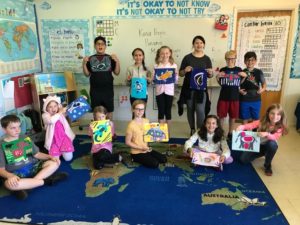
Our next project has involved learning about the Kuna People of Panama, and creating a fabric “Mola” using felt. We looked at several traditional Mola designs created by Kuna women, using an appliqué technique. The students created their own designs on paper first, and then cut out their designs from felt, using glue to attach the shapes to a background. Each student created beautiful fabric art! I’m trying to figure out a safe way to display these colorful pieces.
We are very thankful to have Ms. Stacie and Ms. Laura help out each week with this wonderful class!

